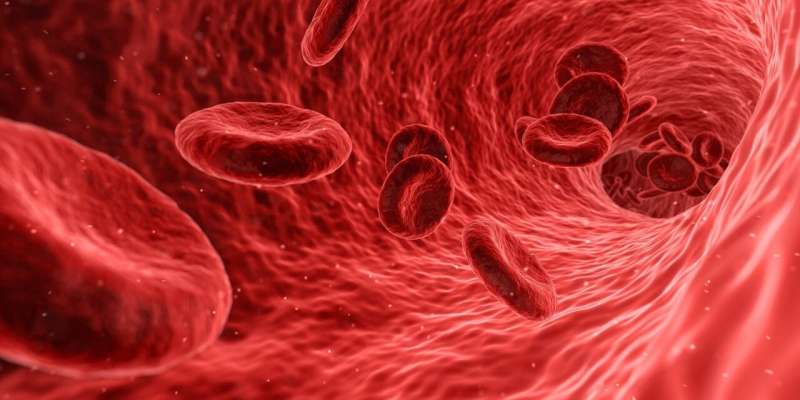How Nerve Cells in Fat Tissue Influence Obesity and Metabolic Health

New research uncovers how nerve cells sensing mechanical forces in fat tissue influence obesity and metabolic health, opening new avenues for treatment strategies.
Recent research from the Weizmann Institute of Science has revealed a groundbreaking connection between nerve cells and fat tissue, challenging traditional views on how the body manages energy and fat storage. Published in Cell Metabolism, the study demonstrates that nerve cells are capable of detecting mechanical stimuli—such as pressure and tension—in fat tissue, an insight that could pave the way for new approaches to combat obesity.
Traditionally, fat was thought to be a passive energy reservoir, with its regulation primarily governed by hormones. However, this study highlights that fat tissue is a dynamic and mechanosensitive organ, with nerve cells extending long fibers into fat deposits. These sensory neurons utilize a specific sensor called Piezo2 to monitor mechanical changes within the tissue.
Remarkably, mice engineered to lack these nerve cells or the Piezo2 sensor exhibited significant metabolic benefits: they stored less fat, maintained lower blood sugar levels, and showed increased insulin sensitivity despite consuming the same diet and being less active. Even more striking was their resistance to weight gain and fatty liver disease, even when fed a high-fat diet, suggesting that disrupting this nerve sensing pathway could have profound implications for metabolic health.
The findings suggest that neural sensing of fat plays an active role in suppressing brown and beige fat activity, which are responsible for burning energy instead of storing it. Blocking this sensory pathway appears to release a natural 'brake' on energy expenditure. This insight opens up exciting possibilities for future therapies targeting nerve sensors like Piezo2 to enhance metabolic rate and prevent obesity.
While the exact mechanical cues detected by these nerve cells remain to be identified, the research underscores the sophisticated nature of fat tissue as an active participant in energy regulation. Understanding this neural mechanism could lead to innovative strategies for fighting obesity and its related metabolic disorders, which are increasingly prevalent worldwide.
Stay Updated with Mia's Feed
Get the latest health & wellness insights delivered straight to your inbox.
Related Articles
Review of the IVF Industry Calls for Reforms Amid Gaps in Oversight
A new government-commissioned review of Australia's IVF sector highlights the need for stricter regulation, transparency, and patient safety measures amid recent incidents and industry concerns.
Advances in Understanding the Immune Response to Influenza in Pigs
University of Missouri researchers are uncovering how pig immune cells respond to influenza, paving the way for better vaccines and therapies for both animals and humans due to shared genetics and virus similarities.
Research Shows Infant Anesthesia Exposure May Accelerate Visual Brain Development
A groundbreaking study shows that early exposure to certain anesthetics may speed up visual brain development in infants, highlighting potential implications for pediatric anesthesia practices.
How Restricted Blood Flow Accelerates Tumor Growth by Accelerating Immune Aging
New research shows that restricted blood flow accelerates tumor growth by promoting immune system aging, highlighting the importance of vascular health in cancer prevention.



